Israeli Shermans: These Modifications Kept The Sherman Relevant Into The 70s!
Israeli use of the Sherman tank would be long and glorious, with updated models using extremely upgraded guns, seeing action for decades after WWII. They would use the chassis for more things than the US Army did. They also went with their own strange naming system, making trying to figure out the Israeli Shermans even harder. There is also not a lot of good books in English on the subject, and Hunnicutt only has a little info on them and I think it’s a tad out of date. This section will be updated as I find out more info on the subject and or correct what is here, based on newer better info.
In the dark early days when Israel was struggling to become a nation, they managed to get ahold of a few Shermans. Three or so were acquired from the British, probably M4A4s. They also managed to get de-milled Shermans from Junk vendors in Europe. They had to re arm some with an old German 75mm field gun, they were called Sherman (Krupp). When they managed to get ahold of a Sherman armed with a M3 75mm gun the tank was called a Sherman M-3, when it had a 105mm gun, it was a Sherman M-4. As you can see already, naming convention confusion has commenced.
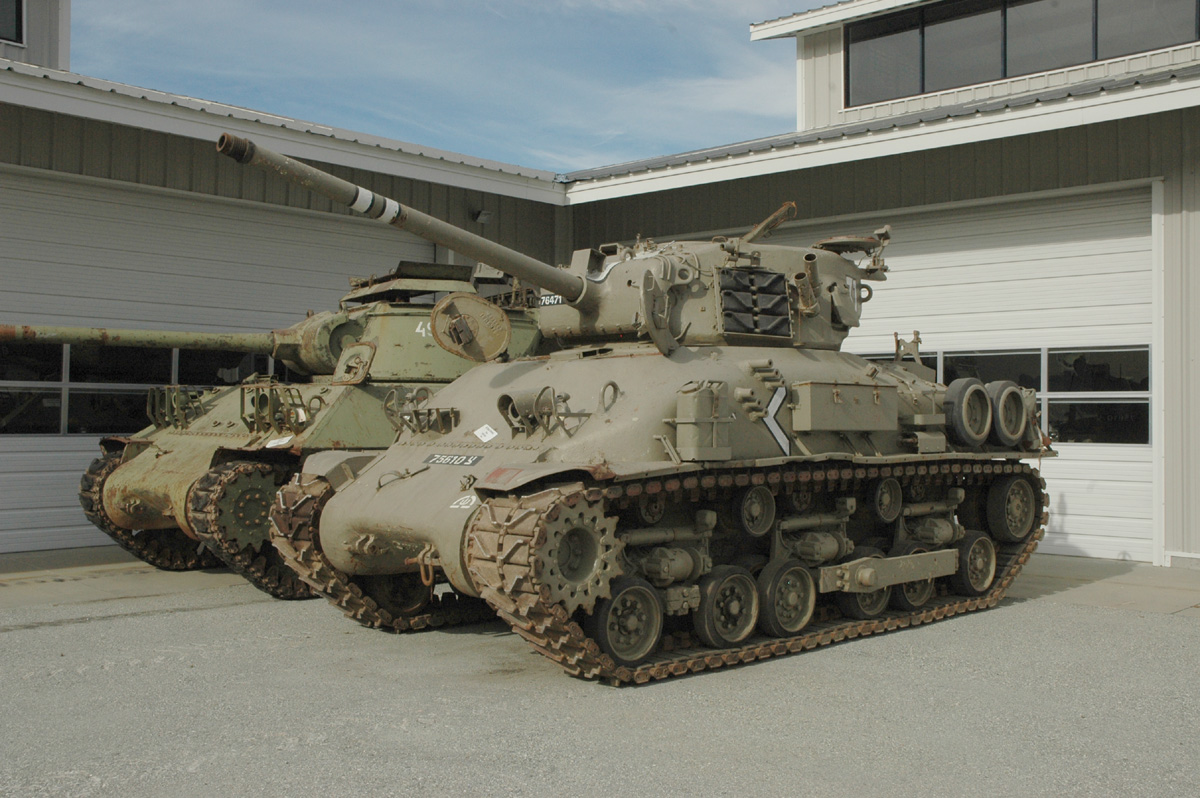

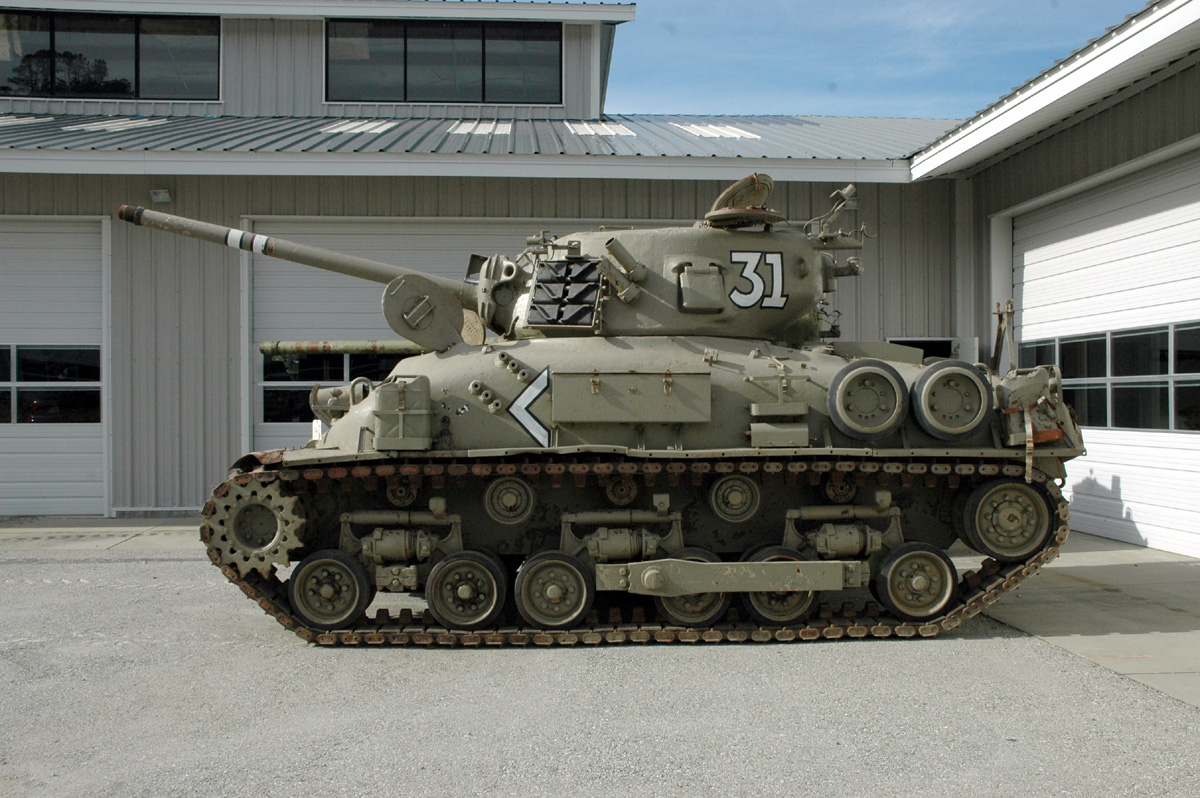
In the later fifties Israel was able to get more up to date Shermans. The tanks were M4A1 and M4A3 models with the 76mm M1A1/A2 gun, probably from France. These Shermans were called Sherman M1s, regardless of what motor or hull they had. If they had HVSS suspension, they were called Super Sherman M1. Some of these tanks had an upgraded engines, probably late in their careers, and with Cummings diesels.
The Story gets more interesting, and slightly less confusing in the naming area, when they started to rearm the tanks.

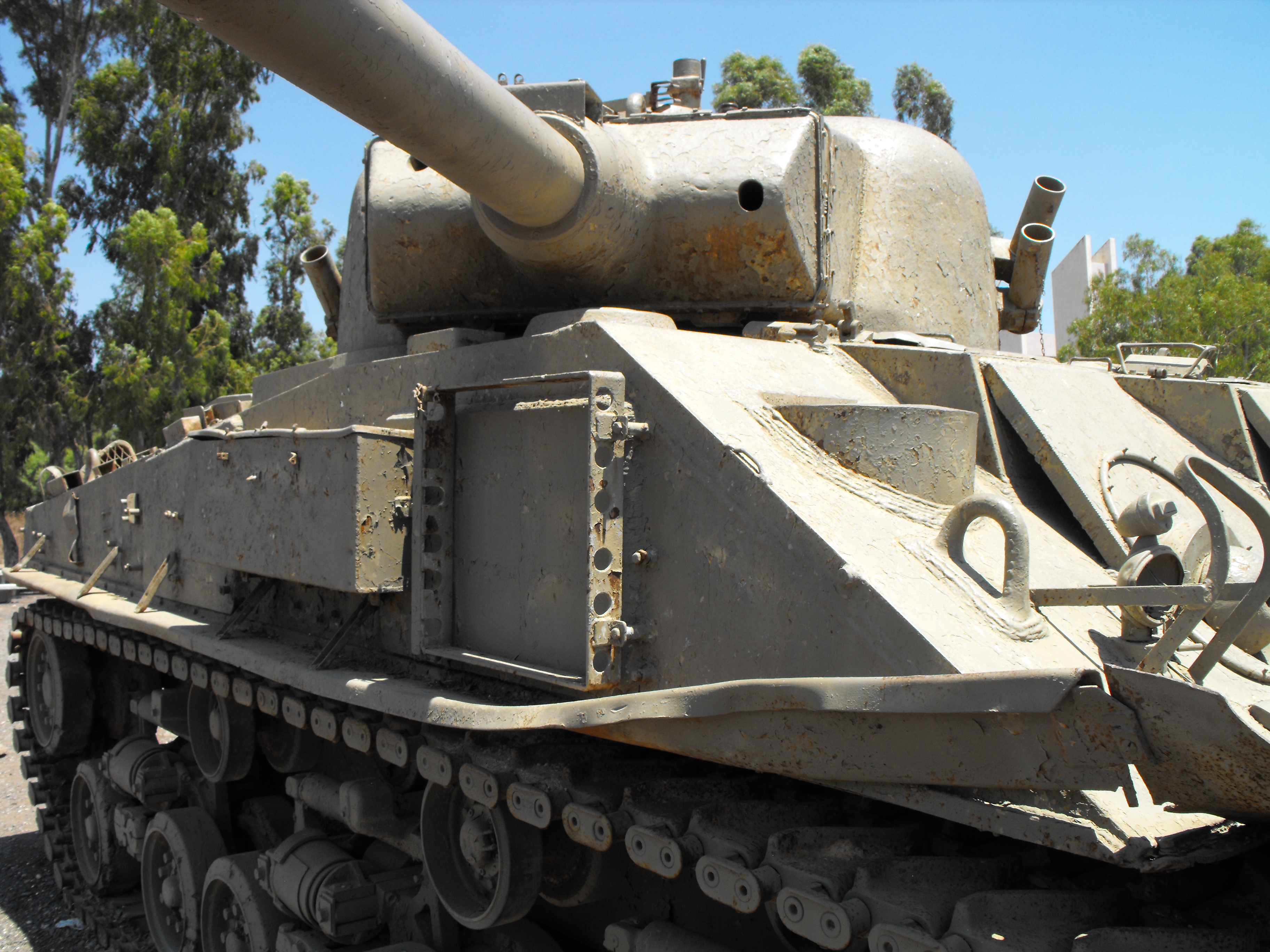


The M-50: In 1954 Israel and France went to work on a project to fit the excellent French CN 75-50 75mm gun to the Sherman 75mm turret. This gun could shoot an AP round out 3200 feet a second. To fit the gun they added an extension to the front, and rear of the turret, the front one to fit the gun, and the rear one to add counterbalance weight. The first fifty tanks were based on the M4A4 hull that had been converted to use the R975 radial motor. This motor, though less powerful than the A57, was much more numerous, and easy to repair, and the French specialized in this conversion.
These M4A4 hulls with R975 radials still had their VVSS, with 16 inch tracks. The added weight of the new gun on the already larger and heavier hull made for a very sluggish tank with poor off road ability. These early M-50s also had early split hatches on the commander’s cupola. I think these tanks had a loaders hatch installed.
They solved this by installing HVSS, and in many cases a Cummings diesels motor. Once production got rolling, they were installing improved all around vision cupolas and HVSS on all the converted tanks, but some seem to have retained the R975 radial or in rare cases the maybe the Ford GAA? I’ll have to look into this more. One thing is clear from looking at pictures of the tanks in action, and survivors in museums and private collections, is they were not picky about what hull they used, as long as it had a 75mm turret. I’ve seen M4A4 hulls, and other early small hatch hulls in photos, they could be M4, M4A2 or A3, and pictures of a large hatch hulls, that could have been M4 105 tanks, (the only large hatch hull M4 tanks), or M4A3 75 or 105 tanks or even M4A2 75s. I have seen very little evidence that M4A1 hulls were used, I’ve only seen two clear pictures of the M-50 turret on M4A1 hulls, and one was on a non HVSS M4 and you couldn’t see the front of the hull to tell if it was large or small hatch hull.

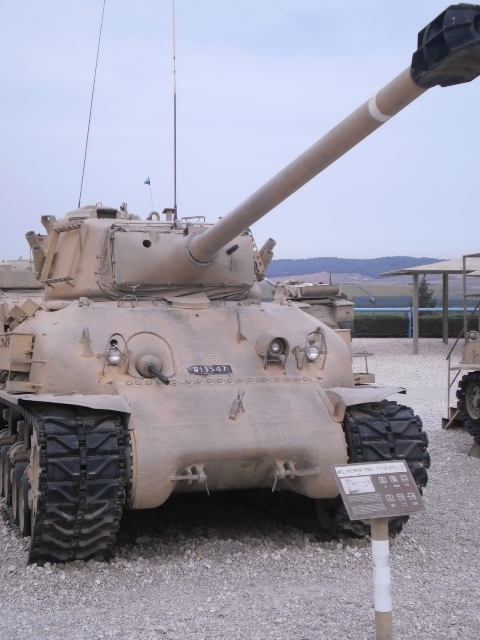

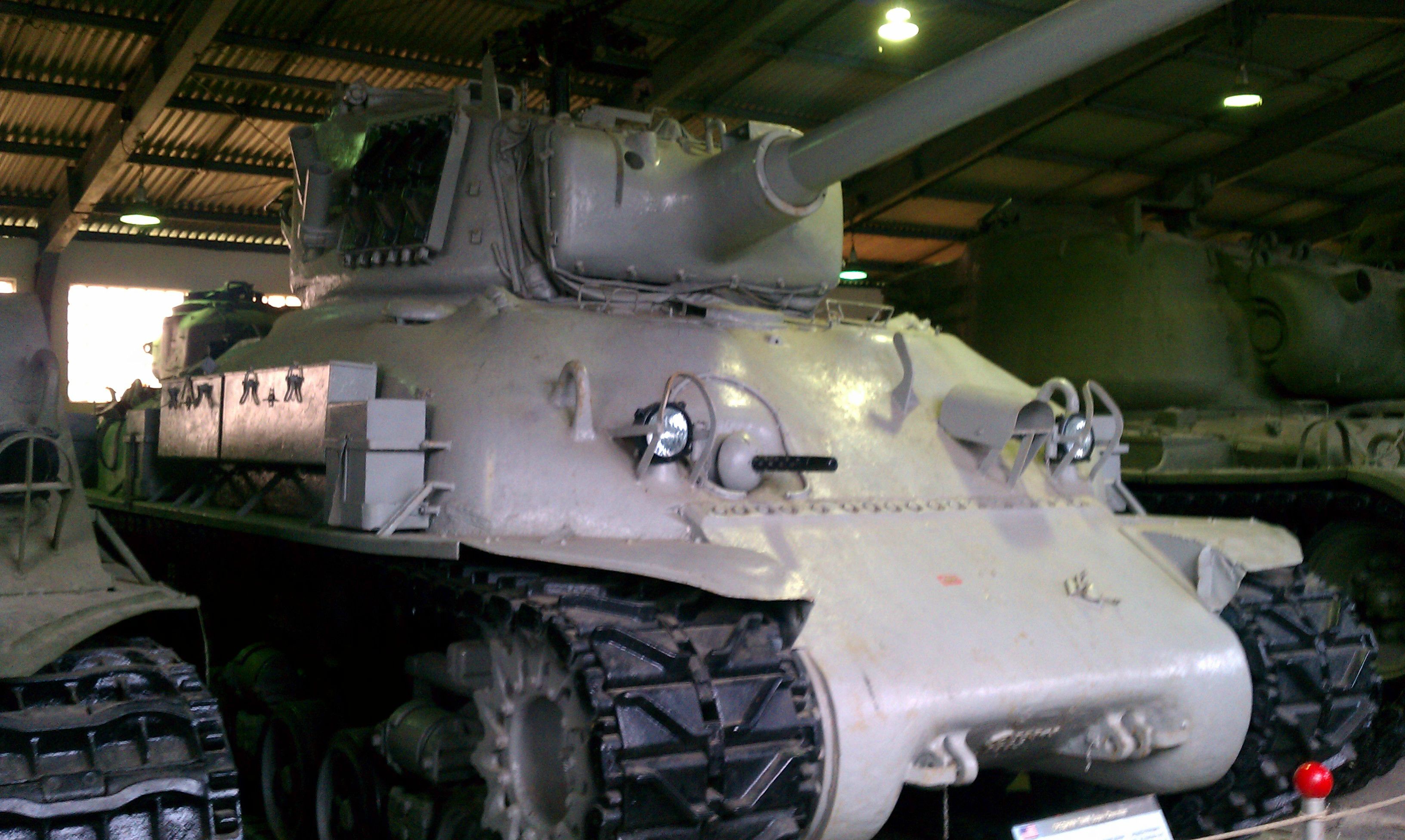
The M-51: In the early 60s the Israelis went to the French for help shoehorning an even bigger gun into the Sherman. They took a shortened version of the 105mm Model F1 gun; this was a modification of the gun used in the AMX-30. The gun retained a stabilizer, I’m not sure if it was the original Sherman one or a more advanced design. This gun could fling an AP round at 2969 feet a second and had a HEAT round that could penetrate 14 inches of steel. They chose to use M4A1 76 W tanks exclusively. These tanks had the larger T23 turret and they was helpful in getting the guns to fit. The French prototype retained its VVSS, and R975, but the Israeli production modifications had HVSS and the Cummings diesel fitted to the M-50 models. This was a 950 cubic inch diesel that put out 460 horsepower. This was enough horsepower along with the HVSS, to keep the tanks reasonably mobile, but they were no hotrods.
Both these tanks saw extensive combat use with Israel all the way into the 70s, and then a lot of them were sold off to collectors and museums or used as range targets.
Coming soon! Other stuff the Israelis used the Sherman chassis for!!!

![IDF M50 Super Sherman 75mm [LIMITED to 500px]](https://www.theshermantank.com/wp-content/uploads/2015/12/IDF-M50-Super-Sherman-75mm-LIMITED-to-500px.jpg)
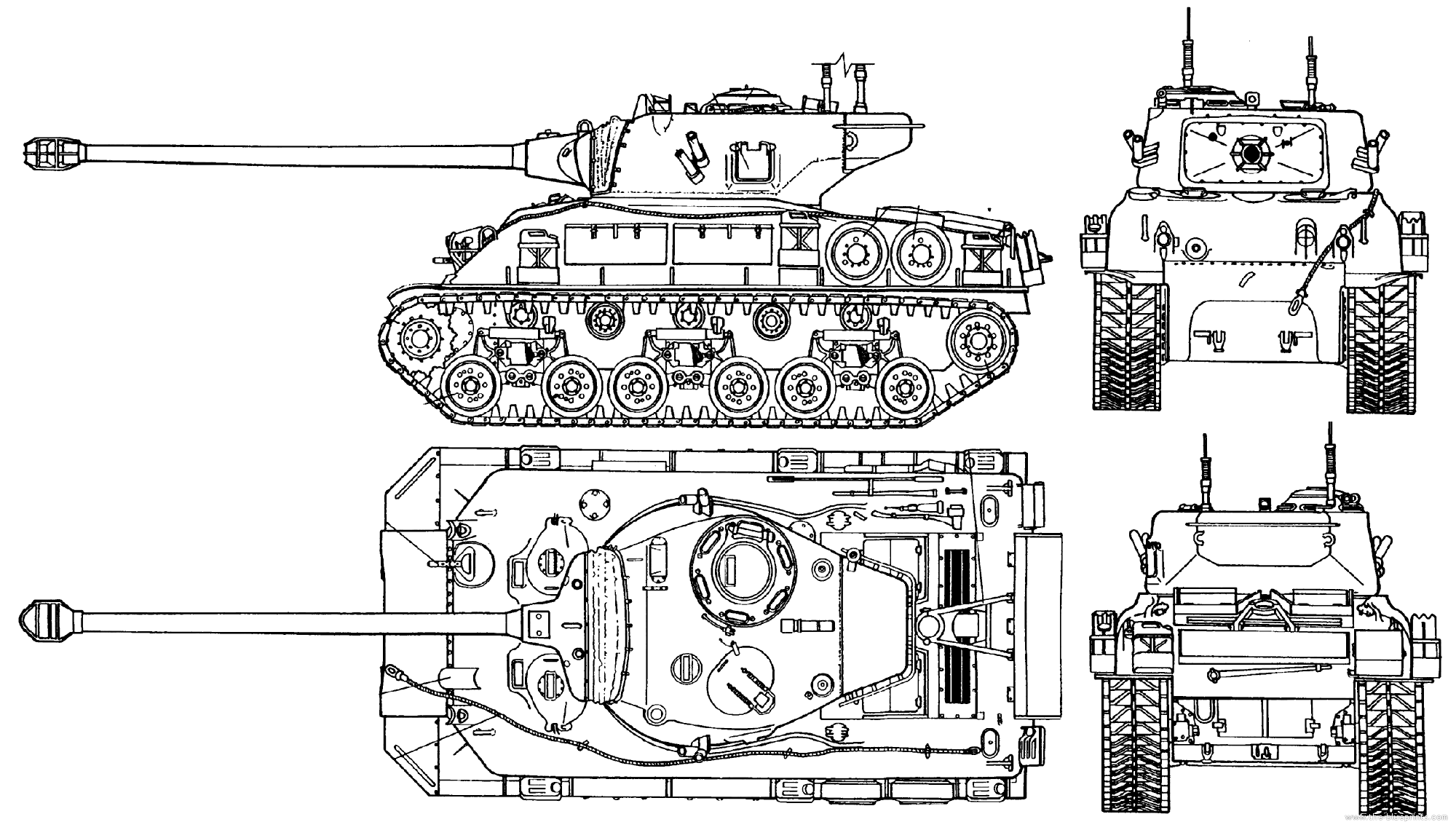
If you wish for to obtain much from this post then you have to apply these strategies
to your won blog.
Hello–Lon Nordeen coauthor of M60 vs T-62 Osprey 30 seeking more information on the use of the Super Sherman M50/M51 – in the Sinai in the 1973 war. I am sure there are more stories about the use of these good older tanks by IDF Mechanized units vs Egypt. My coauthor and I were able to confirm the 2,209 total IDF tank force at the eve of the 1973 war and this included 374 M50/51s. However I have not seen a good unit history of the M50/51 units that fought in the 1973 war? Yes there has been some discussion of the fighting on the Golan but little about the Sinai with reserve mech units equipped with Super Shermans..Thank You for those who help
Hi, 3 pics are missing in this webpage. Cheers.
Does anyone actually have the correct colour code for IDF M50? Thanks
That M50 is probably an A2 or an A3, because the rear Armour plate is angled, rather than flat in an M4
It’s an A2 judging by the unique welded (square-edged) drivers’ hoods, particular to M4A2’s manufactured by Fisher.
Judging by the welded drivers’ hoods, it’s an M4A2 manufactured by Fisher.
Does your website have a contact page? I’m having trouble locating it but, I’d like to shoot you an email. I’ve got some recommendations for your blog you might be interested in hearing. Either way, great blog and I look forward to seeing it expand over time.
I wonder if some ISRAELI SHERMAN tanks have received a PRATT & WHITNEY radial engine in place of the usual CONTINENTAL engine of same capacity and size?
I believe PRATT & WHITNEY radial engines were built but not used for Australian tanks SENTINEL.
A lot of US tankers died whittling down Mark IVs, Panthers and Tigers.
The Pershing was turned down because US rules of engagement (which Patton wrote) said our tanks wouldn’t fight other tanks.
That’s a myth that has been debunked many times. There were no ROE that said Shermans couldn’t or shouldn’t fight other tanks, and the Sherman was designed with engaging other tanks in mind. Us Armor doctrine pushed the idea that tanks were exploitation vehicles, and should avoid direct confrontations with Armor when trying to break out. In practice in particular with the independent tank battalions that supported the Infantry Divisions, the Sherman was an anti-tank weapon. The sole reason for putting the M1A1 gun on the second gen Shermans was to increase its armor killing prowess, and it was at the expense of its ability to support and engage infantry.
The M26 Pershing made it into combat as fast as the Army could do it. A lot of stuff had to come together to get the Pershing into combat at the start of 45, and it was not a fully tested vehicle. Patton had nothing to do with this tanks development or its acceptance, or it’s deployment to Europe in the Zerba Mission. The M26, because it was so big, would have caused a lot of problems the Sherman didn’t and contrary to bad history, the second gen Shermans were better tanks than the Panther and Tiger and completely outclassed the PIII and IV. Don’t get the idea the M26 was actually unreliable, the Zebra mission tanks were found to be very serviceable, but they uncovered some problem areas, weak final drive to hull attachment, bad track design, need for an infantry phone, the travel lock mounting cracked the exhaust manifold, and that’s almost it, with some tranny tweaks the automotive system remained largely unchanged, and that means it was worlds ahead of a tank like the panther, that could destroy itself by using a “feature” of the transmission. The Panther was prone to mechanical failure, they rarely got more than 300 kilometers on them before needing major repairs. You might have to put fanbelts back on if the driver shits the bed in a Pershing, but you’ll get 500 to 1000 miles on the automotive bits before a major component needs an overhaul.
What all the wehraboos, and American Armor haters always forget is German armor was rare, and when it was found, it was crewed by men or boys with little training, and most of these tanks broke down or were abandoned before they saw action. Contrary to bad movies like Fury, the allied tank crews were damn good by late 44 early 45, and it wasn’t tanks they worried about, it was nazi fanatics with AT guns and panzerfausts and Panzershreks. When they did run into German armor, they knocked them out and moved on, and won the war, driving their Shermans the whole way, no need to put Shermans on a train.
Educate yourself, and at least watch the Myths of American Armor video the Cheiftan did.
Bravo…
Can you think of a couple of books that tell the truth about the Sherman and maybe a couple about the Model 50/51? Thanks
i did worked on m51 armored engineers idf 66 to 70
Shermans are really amazing, quite amazing to think that a tank initially designed in the 1930’s was still rolling around battlefields and slapping Soviet T-62’s in the 60’s
Great post, I didn’t know how complicated the Sherman was.
Its not really that complicate a piece of machinery: its when you get into the mods n updates that things get interesting. And theres always the ‘exception’ to the rules.( Have seen twin Diesel powered tanks being operated by American forces in France:Montenau restoration is one of these) but overall they are as simple as tractors or any other piece of heavy equiptment. They jus gotta lil attitude (gun) to go along with…